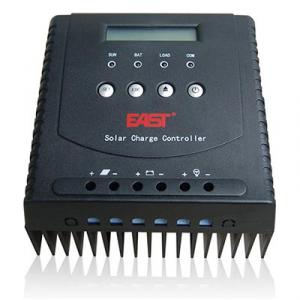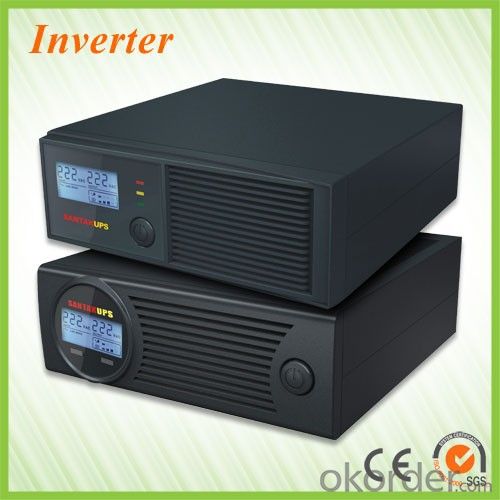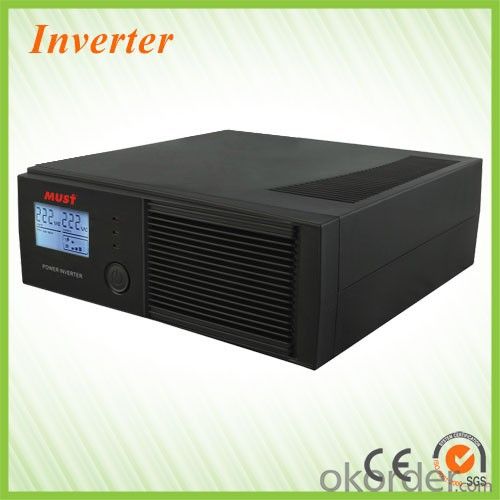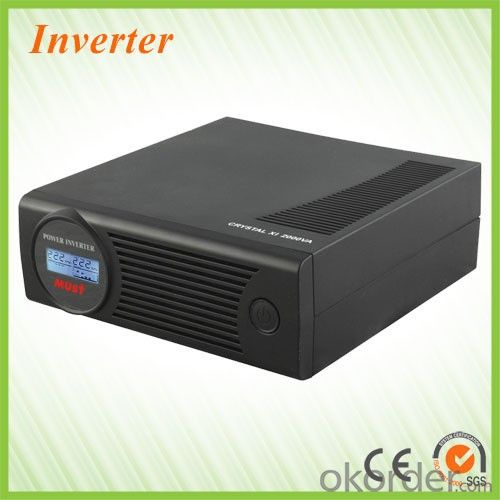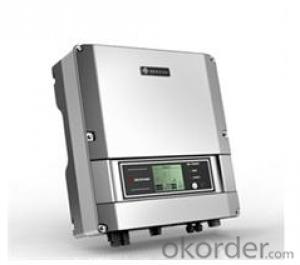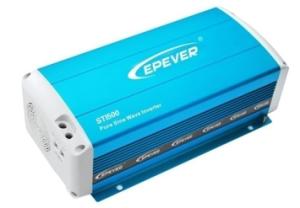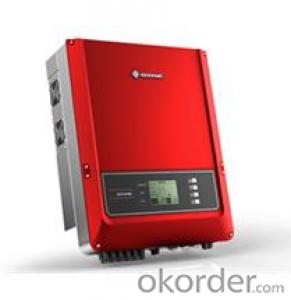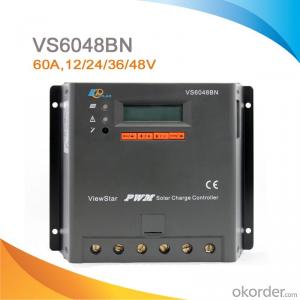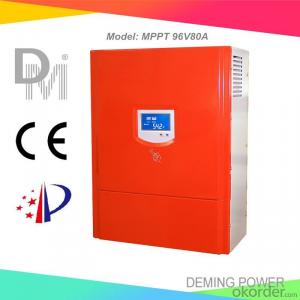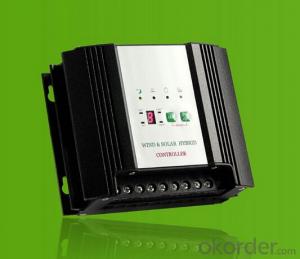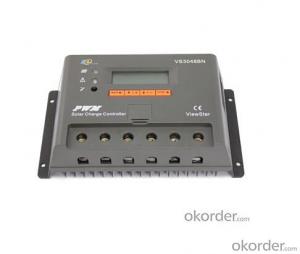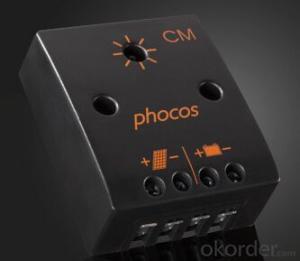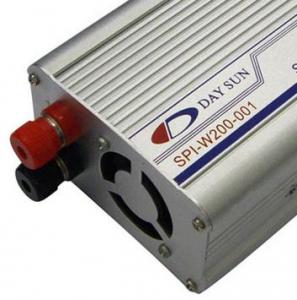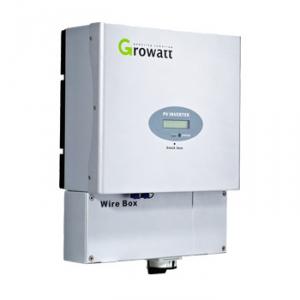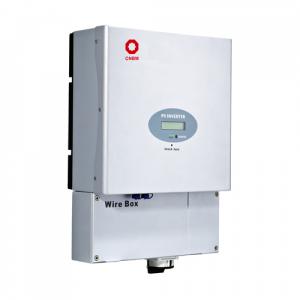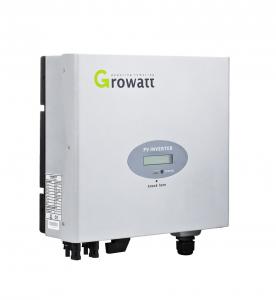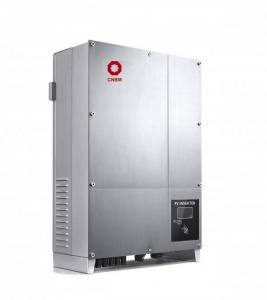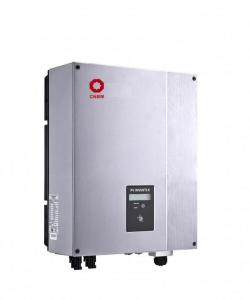Solar Inverter System Solar Charge Controller LCD 10A-60A
- Loading Port:
- China main port
- Payment Terms:
- TT or LC
- Min Order Qty:
- 1 pc
- Supply Capability:
- 1000 pc/month
OKorder Service Pledge
OKorder Financial Service
You Might Also Like
Solar Charge Controller LCD 10A-60A
This is a highly intelligent charge controller with (MPPT). The optimal and intelligent “MPPT + SOC” charge control is implemented. The power switching components consist of low-loss MOSFET type transistors that have a long operating life and guarantee high performance. The extremely low own consumption makes it especially suitable for solar home systems, solar street lamp system, advertising lighting, traffic management system, and other professional applications etc. With the reverse polarity protection, lightning protection, electronic fuse and automatic detection of faulty battery, the controller is robust, maintenance-free and user-friendly.
● Intelligent operation: the system will automatically start PV charging function without the manual operation.
● High efficiency MPPT function (optional): the system adopt maximum power point tracking technology, even if the battery using in the different condition, this MPPT controller could ensure the Maximum output power from the PV panels, and increase 20-30% electrical power using efficiency from solar panel.
● Reliability: Adopt the Hybrid controller to realize “MPPT+SOC” double intelligent charge control, ensure the product stability and reliability.
● Intelligent charge control: With automatic battery temperature compensation, constant current and constant voltage integrated charge mode, improve the battery's charging efficiency and working life.
● Battery protection: automatically detect the battery working condition, when overdischarge, the system will be shut down automatically, avoid wasting the battery energy.
● High efficiency: Power loop adopts low-loss MOSFET type transistors in series, PWM Soft switching technology is applied to reduce switching loss, Synchronous rectification technology is applied to decrease voltage drop, increase the system's efficiency.
● Intelligent: Illumination recognition auto power on(optional): the system can be set to auto turn on the load when lack of sun, such as fog,storm,night. Auto turn on the load, it is a good assistant of transportation illumination.
● Protection: Overcharge protection/ Over-discharge protection / Battery Reverse Current Protection / Overloading Protection/ Short
● Circuit Protection/ Reverse Polarity Connection Protection/ TVS lightning protection etc.
● LCD Display: to show the working mode of solar battery, seal-lead acid battery and load.
● Well Adaptability (optional): through the man-machine interface, charging current fine adjustment can be settable, suitable for Li-ion Battery, lead-acid battery and other storage system.
● Intelligent communication (optional): RS232 and dry connect
● Temperature compensation (optional): with external battery working temperature detective port, to adjust the charging voltage in time according to the battery working temperature
Model | F2448-10/M | F1224-20/M F2448-20/M | F1224-30/M F2448-30/M | F1224-40/M F2448-40/M | F1224-50/M F2448-50/M | F1224-60/M F2448-60/M |
System Voltage | 12V / 24V ;24V/ 48V | |||||
Rated Charging Current | 10A | 20A | 30A | 40A | 50A | 60A |
Rated Load Current | 10A | 20A | 30A | 40A | 50A | 60A |
PV Panels Configuration (Suggestion)(Imp≤Rated Current) | ≤10A | ≤20A | ≤30A | ≤40A | ≤50A | ≤60A |
Battery Capacity | 38Ah~800Ah | |||||
Max. Efficiency | > 98% | |||||
Static Dissipative | < 0.5%(system rated current) | |||||
Solar Battery Port Input Voltage | 12V:0-24V;24V:0-48V;48V:0-95V | |||||
Rated Battery Voltage | 12V / 24V ; 24V / 48V | |||||
Buck Charge Voltage | 14.6V / 29.2V±1% ; 29.2V/58.4V±1% | |||||
Float Charge Voltage | 14.4V / 28.8V±1% ; 28.8V/57.6V±1% | |||||
Overcharge Protection | 14.7V / 29.4V ±1% ; 29.4V / 58.8V±1% | |||||
Charging Resume Voltage | 13.2V /26.4V±1% ; 26.4V / 52.8V±1% | |||||
Undervoltage Alarm | 11.2V /22.4V±1% ; 22.4V / 44.8V±1% | |||||
Overdischarge Protection | 10.8 V / 21.6 ±0.3V ; 21.6V / 43.2 ±0.4V | |||||
Overdischarge Resume Start Voltage | 13.2 V / 26.4 ±0.3V ; 26.4 V / 52.8 ±0.4V | |||||
discharge Circuit Voltage Drop | < 5 %(System rated voltage) | |||||
Overload, Short-Circuit Protection | 125%(60S) / 150%(10S)/ short-circuit auto shut down; | |||||
PV Reverse Polarity Connection Protection | YES | |||||
Display | LCD + LED | |||||
Alarm Mode | sound(optional)/light alarm | |||||
Control Mode | Switch control / PWM | |||||
Working Temperature | c-20℃ ~ +45℃ | |||||
Relative Humidity | 0-95%(noncondensing) | |||||
Storage Temperature | -25℃ ~ +85℃ | |||||
Altitude | 1000m with rated power (increase 100m, reduce power 1%) Max.4000m | |||||
Storage Humidity | ≤85% | |||||
Installation Method | hanging vertical installation | |||||
Packing Dimension WxDxH(mm) | 164×168×55 | 164*168*100 | ||||
Weight(kg) | 0.85 | 2.05 | ||||
Packing Weight(kg) | 1.05 | 2.25 | ||||
Package | 8pcs/carton | |||||
· Q. What is an UPS and What it is for ?
An uninterruptible power supply (UPS) is a device that allows your computer or telephone switch or critical equipement to keep running for at least a short time or longer time when the primary power source is lost. It also provides protection from power surges, spikes, brownouts, interference and other unwanted problems on the supported equipment.
· Q. How long the UPS to run when power goes?
This can take 3 paths.
1.You can pick a UPS that is rated for pretty much the full VA you need so it will be running at 100% of capability and will thus last 'n' minutes.
2.You can pick a UPS that is rated at a much higher VA value than you really need so, for example, is running at 50% of capability and will thus last for longer than the UPS from option 1.
3.You can use extra external battery packs to run for longer. If charging capability allows, the more and the bigger batteries you take with, the longer time UPS runs.
or using a generator after about 6 hours, it will be more cost-effective, with a short runtime UPS to bridge the generator start-up gap.
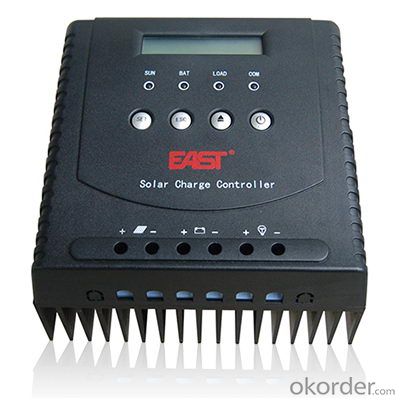

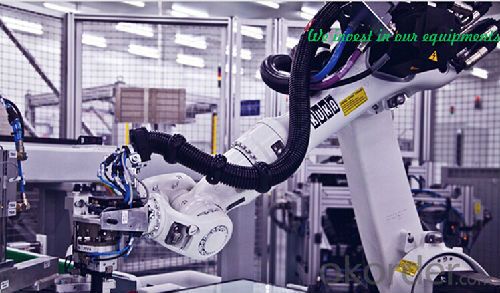
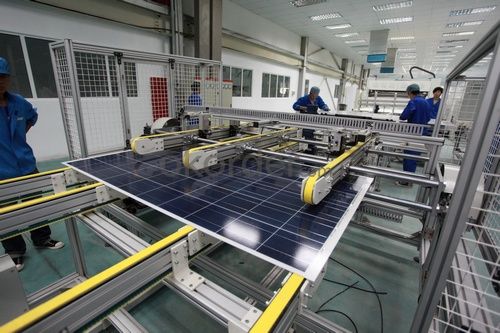
- Q: Are there any electromagnetic interference concerns associated with solar inverters?
- Solar inverters come with electromagnetic interference (EMI) concerns. They convert the direct current (DC) produced by solar panels into alternating current (AC) for powering homes and businesses. This conversion process involves high frequency switching, which can generate EMI. EMI refers to the disturbance caused by electromagnetic radiation emitted by electronic devices. It can interfere with the proper functioning of nearby electronic devices. In the case of solar inverters, the EMI generated can potentially impact radios, televisions, and communication systems. To address these concerns, solar inverter manufacturers typically comply with relevant EMI standards and regulations. This may involve limiting the amount of electromagnetic radiation emitted by the inverters and using shielding materials to reduce EMI. Some inverters also incorporate filters or other techniques to suppress EMI and minimize interference. When selecting and positioning solar inverters, solar installers and system designers should consider EMI concerns. Proper installation and grounding techniques can help decrease EMI issues. It is also important to follow local regulations and guidelines to ensure compliance with EMI standards and minimize potential interference with other electronic devices. Overall, although EMI concerns exist with solar inverters, proper design, installation, and adherence to relevant standards can effectively mitigate these concerns. This ensures the smooth operation of both the solar system and other electronic equipment in the area.
- Q: Can a solar inverter be used in a ground-mounted solar system?
- Yes, a solar inverter can be used in a ground-mounted solar system. In fact, ground-mounted solar systems commonly utilize solar inverters to convert the direct current (DC) generated by the solar panels into alternating current (AC) that can be used to power homes or businesses or fed back into the electrical grid.
- Q: How does a solar inverter handle frequency variations?
- A solar inverter handles frequency variations by continuously monitoring the frequency of the grid and adjusting its output accordingly. It uses advanced electronics and control algorithms to synchronize its output with the grid frequency, ensuring a stable supply of electricity.
- Q: Can a solar inverter be used for off-grid applications?
- Yes, a solar inverter can be used for off-grid applications. Off-grid systems typically rely on solar panels to generate electricity, and a solar inverter is essential in converting the direct current (DC) generated by the panels into alternating current (AC) which can be used to power various appliances and devices. The inverter also manages the flow of electricity, ensures system stability, and may include features like battery charging and energy storage capabilities, making it suitable for off-grid applications where no grid connection is available.
- Q: What is the role of a solar inverter in voltage control?
- The role of a solar inverter in voltage control is to convert the direct current (DC) generated by solar panels into alternating current (AC) that is suitable for use in the electrical grid. It also ensures that the voltage output from the solar panels matches the voltage requirements of the grid, thereby maintaining a stable and consistent voltage level. This helps prevent voltage fluctuations and ensures efficient power transmission and distribution.
- Q: What is the difference between a PV inverter and a solar inverter?
- The main function of photovoltaic grid-connected inverter is to convert the DC power of the solar PV module into the same frequency as the sinusoidal AC power of the grid (the grid is generally AC power grid, DC can not be directly connected)
- Q: Can a solar inverter be used with a solar-powered remote sensing system?
- Yes, a solar inverter can be used with a solar-powered remote sensing system. The solar inverter is responsible for converting the direct current (DC) generated by the solar panels into alternating current (AC) that can be used to power the remote sensing system. This allows for the efficient and reliable operation of the remote sensing system using solar energy as the primary power source.
- Q: Can a solar inverter be used with a solar-powered electric vehicle charging station?
- Yes, a solar inverter can be used with a solar-powered electric vehicle charging station. The solar inverter helps convert the direct current (DC) power produced by the solar panels into alternating current (AC) power that can be used to charge electric vehicles. This allows for efficient and sustainable charging of electric vehicles using solar energy.
- Q: How does a solar inverter handle voltage fluctuations during grid disturbances?
- A solar inverter handles voltage fluctuations during grid disturbances by constantly monitoring the grid voltage. When it detects a fluctuation or disturbance, it adjusts its own output voltage accordingly to stabilize the power supply. This is done through advanced control algorithms that regulate the inverter's power conversion process, ensuring a stable and consistent voltage output despite grid instabilities.
- Q: What is the maximum DC input voltage for a solar inverter?
- The maximum DC input voltage for a solar inverter typically depends on the specific model and manufacturer. However, in general, most solar inverters have a maximum DC input voltage ranging from 600 to 1000 volts.
Send your message to us
Solar Inverter System Solar Charge Controller LCD 10A-60A
- Loading Port:
- China main port
- Payment Terms:
- TT or LC
- Min Order Qty:
- 1 pc
- Supply Capability:
- 1000 pc/month
OKorder Service Pledge
OKorder Financial Service
Similar products
Hot products
Hot Searches
Related keywords
